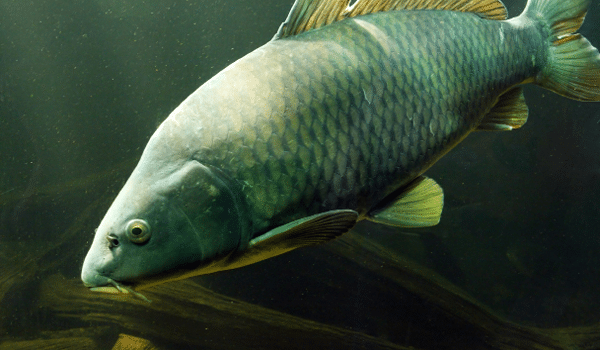Carps, tilapia, and Catfish species are warm freshwater omnivorous species (FAO, 2022) and are more likely to use carbohydrates and lipids as metabolic substrates (17 KJ/g for carbohydrates).
Omnivorous species can benefit from a high carbohydrate content in their feed ration, with less incorporation of proteins and lipids (Jobling, 2011). Moreover, as shrimp, carps lack a “real stomach” and acid digestion (NRC, 2011), and need more highly soluble ingredients (minerals, etc.) into the formulation for facilitating intestinal absorption. Furthermore, Tilapia and catfish reach commercial size (~150-500g for tilapia and ~0.5-1kg for catfish) after less 1 year in average while carps need from 1 to 2 years to reach 0.4 to 2.5 kg (FAO, 2022). The FCR mean for carps and tilapia is equal to 1.7 and 1.3 for catfish species (Naylor et al., 2021). Lastly a large diversity of rearing systems (pond, raceways, RAS, etc.) can be used for these species depending on the life stage, economic and environmental goals. it is therefore important to deal with all these parameters to provide precision nutrition and optimize mineral supplementation in diet (phosphorus, etc.).
